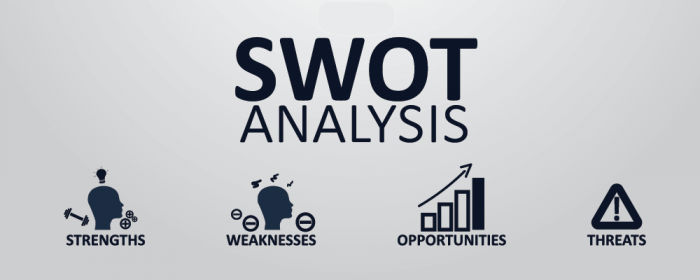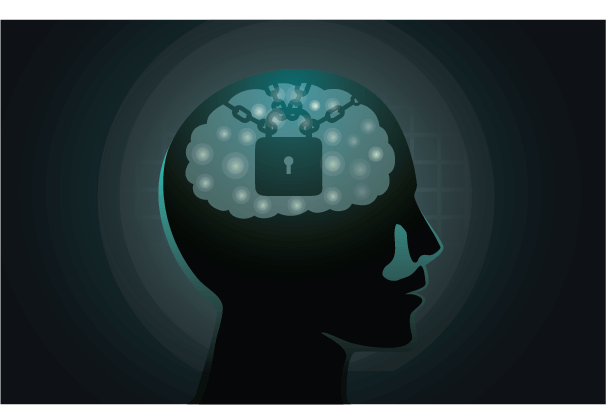Decision making is one hell of a tough job in any organization. A leader or a manager is expected to make favorable decisions with the tenacity of playing out well from a long term perspective. Often times, these leaders are expected to have the foresight to predict the impact of their decision in the near future.
However, there are times when tough decisions have to be made. Such decisions may not sound or look good, but they are made for a better tomorrow. For instance, a company might be forced to lay off several employees because of monetary concerns. This is a tough decision, but if you see it from the perspective of a business owner, he wouldn’t want his resources to run dry. What would you do if you were in that person’s place?
Let’s take a look at some variables of good decision-making skills. If you find yourself in a leadership position, make sure that you possess the following traits for good results.
1. Initiate With Foreseeable Results

Sometimes, depending on the variables and external factors, the result of a soon-to-be made decision is predictable. You should start from a small level, working on decisions that are most likely to have a positive impact. These results are also interpreted as “carved” results because they are based on limited factors, already available data and other ongoing trends.
Stick with the famous phrase, “start with the end in mind.” It means that if you can see the outcome of the said decision, then make amends accordingly. That’s easier to do than making a seemingly “good” decision that’s likely to turn up in a bad way.
Your desired goal could be anything such as; uplifting the company through marketing and communication skills, enhancing the outcome and profit of the company through productivity and vice versa.
2. Trust on the Information and Updates to Pick the Specimens

Everyone knows that the world is now a global village. Everything has been transformed and is linked to each other digitally. Those things that are not already connected, will be linked in the near future. The point is that it is now easier to pick up information and predict things based on data sets.
Data sets form trends, which reflect the outcome of previous decisions made in the industry. Gathering data and relying on the correct data source is the cream of the crop. We need to do is to have an authentic “prediction” that can render helpful in times to come. Doing so also eliminates the probability of making mistakes over and over again – especially the ones that have been known to reap unfavorable results in the past.
In short, decision making becomes easier if you have the correct data in your hands.
3. Use S.W.O.T. Analysis

SWOT analysis culture goes back to old school management days. This form of analysis is still very applicable and widely used today. Ease of use may be one reason to rely on SWOT analysis, but the mere possibility of applying this method to almost every organization is what makes it popular.
Moving on, once you gather the information and you are very close to making the actual decision, it is better to hold your horses and wait it out a bit. Take out a pen and paper and write down the possible pros and cons of your decision. This is a crucial step, as it highlights the strengths and weaknesses of the action that you are about to take. You can also consult with a fellow professional to get some insight on what’s about to unroll in time to come.
If you want to go the conventional way; just like a standard SWOT analysis, then make a square with four boxes that are namely strengths, weaknesses, opportunities and threats. Do your comparison-contrast and try to interlink every box with one another. If strength and opportunity seem more compatible then your chances of getting success are high.
4. Have the Confidence to Reproduce the Consequences

Simulating the outcomes of the different scenario needs both intelligence and smartness. This is what we talked about earlier in this write-up. One should be artful in getting a job done. The actual science part which helps to foresee the result of both bad and good decision making comes from programs and methods, such as; issue trees, SCQA (Situation, complexity, collectively exhaustive) and many more.
If you are not familiar with the SCQA process and such other complex decision-making processes, you can rely on project management software. Good software helps managers to make decisions by offering them insights on previous business trends. Such trends highlight the ebb and flow of any pattern that’s been going on at workers’ level. Based on that information, you can make up your mind on multiple pending decisions easily.
5. Recognize Your Cognizance Prejudice

Cognizance is a sense of awareness and knowledge about things. In terms of simple steps to developing good decision, cognizance plays a vital role. Take it as a broad scope perspective that assists you in making unbiased decisions, as you become aware of both the good and bad sides of the action.
In that order, we have to be agile, tenacious and challenge our own beliefs because sometimes things don’t pan out the way we believe them to be. Cognitive biases and many professional factors also come into foreplay. In fact, jealousy can also affect decision making because you are not able to take a neutral stance.
One has to be smart enough to work according to the situation.
6. Rely on Your Natural Tendency

Have some confidence in yourself, buckle up and follow your instincts. Because this is a business world and relying on everyone almost all the time is going to do you more harm than good, it is better to hear your inner voice. People also call it the gut feeling, where deep down inside you know whether it is a good decision you are about to make or a bad one.
Your sub-conscience knows everything. It will pick you from the obscurity and lead you to the right track. Relying on that gut feeling thing is a slow process. But with time, it allows you to focus on the variables from a very different point of view.
Conclusion
The aforementioned 6 steps to developing good decisions are not conclusive. We didn’t talk about the art of improvising – i.e. changing your decision as per different situations. If you have been in a position to make decisions, what lead you to become better at it? Were there any takeaways when it came to bad decision making?
Make sure you share your thoughts through the comments section below. Good luck!

